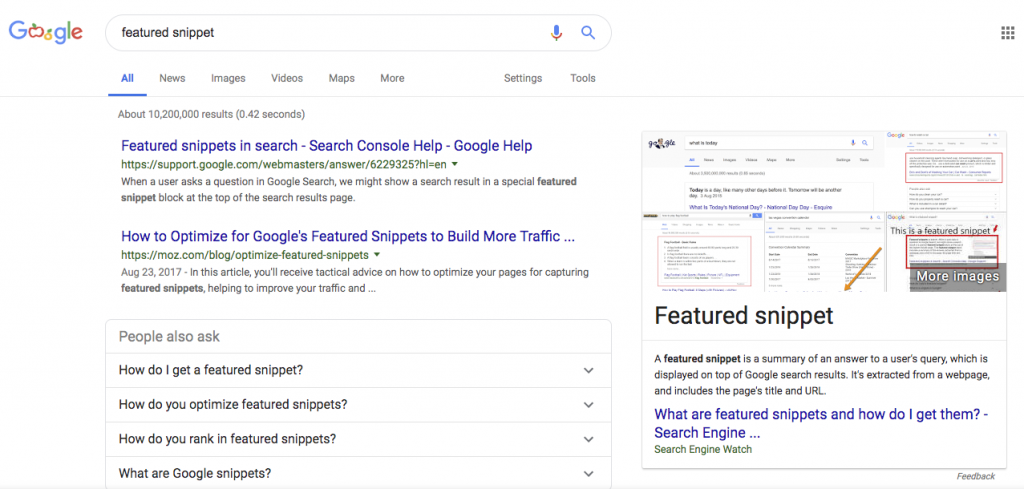Growing up, my mom used to tell my siblings and I that when we were upset and didn’t want to be, we could choose to be happy instead. The whole concept seemed ridiculous to me. “I can’t just flip my emotions on and off like a light switch,” I remember telling her.
But the problem was, she was right. It’s entirely possible to “flip your emotions on and off like a light switch”. There’s a lot of research backing up that statement—not surprising, my mom graduated with a Master’s in psychology, I should have known she didn’t pull this idea out of nowhere. Further, though it took me longer than I would care to admit, I did personally realize the wisdom in her two-word advice, “choose happy”.
Many experiments show that if you smile, you’ll feel happier. It’s not even entirely about the conscious decision to feel happy – merely moving your facial muscles or even forcing a smile using chopsticks can do the trick. Your brain just has an association between smiles and happiness and so smiling can make you happy.
So the research says. But I doubted it. For years, until I realized the truth of it independently. Today, I’m going to dissect the reasons I doubted it, because I feel many people probably have the same doubts when reading articles like this one.
I had two reasons to doubt “choose happy”. The first was that I was afraid people would look at me weird if I went from crying to laughing in the span of less than two minutes. The unaltered procession of human emotions is a slow ebb and flow, and a drastic change would make people ask uncomfortable questions.
They probably would have done that. But I wish someone had told me that there are things much more important in life than seeming strange. Spending a majority of my time feeling depressed and anxious for no reason was dramatically worse than it would have been to have some people think I was odd. I should have weighed the pros and cons of feeling the emotion versus letting it go.
The second reason I doubted the wisdom of “choose happy” was that I thought all emotions were important. I thought that they were always there for a reason, even if I couldn’t find what that reason was. It was a gradual realization that led me to the simple fact that some emotions don’t make sense – they’re the result of hormonal imbalances, meaningless stressors, mental overstimulation, and many other things which don’t need to be dwelled on.
Nowadays, I think about emotions in the context of net utility. Is feeling this emotion useful to me? If I’m feeling embarrassed about a stupid mistake, that feeling can be useful, to prompt me to fix the mistake immediately. But after I’ve done everything I can to fix the mistake, including making the appropriate social reparations, I can let the emotion go, because it’s served its purpose. Continuing to feel embarrassed even when I can no longer do anything about the mistake, including learn from it, is pointless.
And if the emotion didn’t have any purpose to begin with – say, if I’m feeling angry because I’ve had a long difficult day at work, which is not even slightly connected to any particular problem that can be solved – I can analyze the cause, decide it’s pointless, and let go of the emotion.
How do you let go of emotions? After your brain stops intuitively holding on because it thinks they’re important, or that it would be weird to let go, it’s typically as simple as focusing on something else. If just passively thinking about something else doesn’t completely fix it, try smiling, putting on a fun or silly song, deliberately focusing on happy thoughts, or even closing your eyes and imagining a pleasant location to hang out for a while. (I’m deliberately giving advice that doesn’t require getting up, because I personally don’t like advice that says “get up! stretch! jog! sweat!” – it does genuinely work, but it’s always delivered in a very pushy way. That being said, if you haven’t already heard this advice from a hundred thousand people, being outside and/or exercising does in fact make you healthier and happier, so try it if you feel inclined.)
So the list of question to ask when you feel any emotion is:
- What emotion is it? Is that really what I’m feeling? Emotions are frequently very transparent, but they can become tangled. Further, some emotions can mask others: a lot of men have a tendency to express anger when they’re truly sad, for example. If your emotions are unclear, sort them out.
- What probably caused this emotion? Go over salient events in your mind and find the proximate cause. It doesn’t have to be anything major and it frequently isn’t. You’re looking for a cause, not a good reason.
- Does this emotion have net positive utility? Feeling negative emotions has inherent negative utility, but that may be outweighed by the positive utility of the action it makes you take: learning from a mistake, apologizing for a misdeed, fixing an internal or external problem, etc. Figure out if the emotion is prompting you to do anything useful, and if it isn’t, if you really need to keep it. Compute the net utility.
- An important note about these utility evaluations: A common trap I’ve seen many people fall into is where they keep a negative emotion around because they believe it prompts them to do something good which, in fact, they would do anyway. In particular, a lot of high-achievers end up with the misconception that being miserable is what prompts them to achieve things, when in fact, they would achieve more if they were happier. Therefore, strongly doubt any utility evaluation that leads you to the belief that you need to be miserable all the time in order to get things done.
- If you determined that the emotion has net positive utility, keep it around, but only as long as it continues to be useful. As soon as you’ve done everything useful that the emotion was prompting you to do, throw it away. There is no reason to be miserable longer than necessary.
- If you determined that the emotion has net negative utility, toss it immediately, using any of the tricks described above.
A final note about the utility of positive emotions: feeling good is a good thing. I’ve seen people be happy but wonder whether they really should be feeling happy. You can dissect the emotion and what actions it makes you take to figure this out, but don’t decide you need to be unhappy because it’s uncommon to see sane adults who visibly care about anything. Emotions are good to keep if they’re useful, and being happy uniformly makes your life better, so ceteris paribus, happiness is useful, and therefore, happiness is almost always good to keep.
In conclusion:
Choose Happy.





